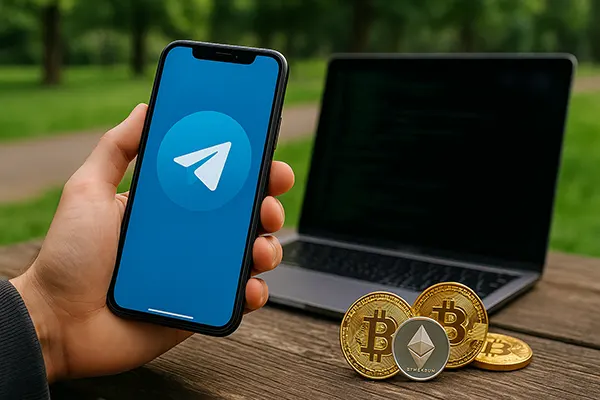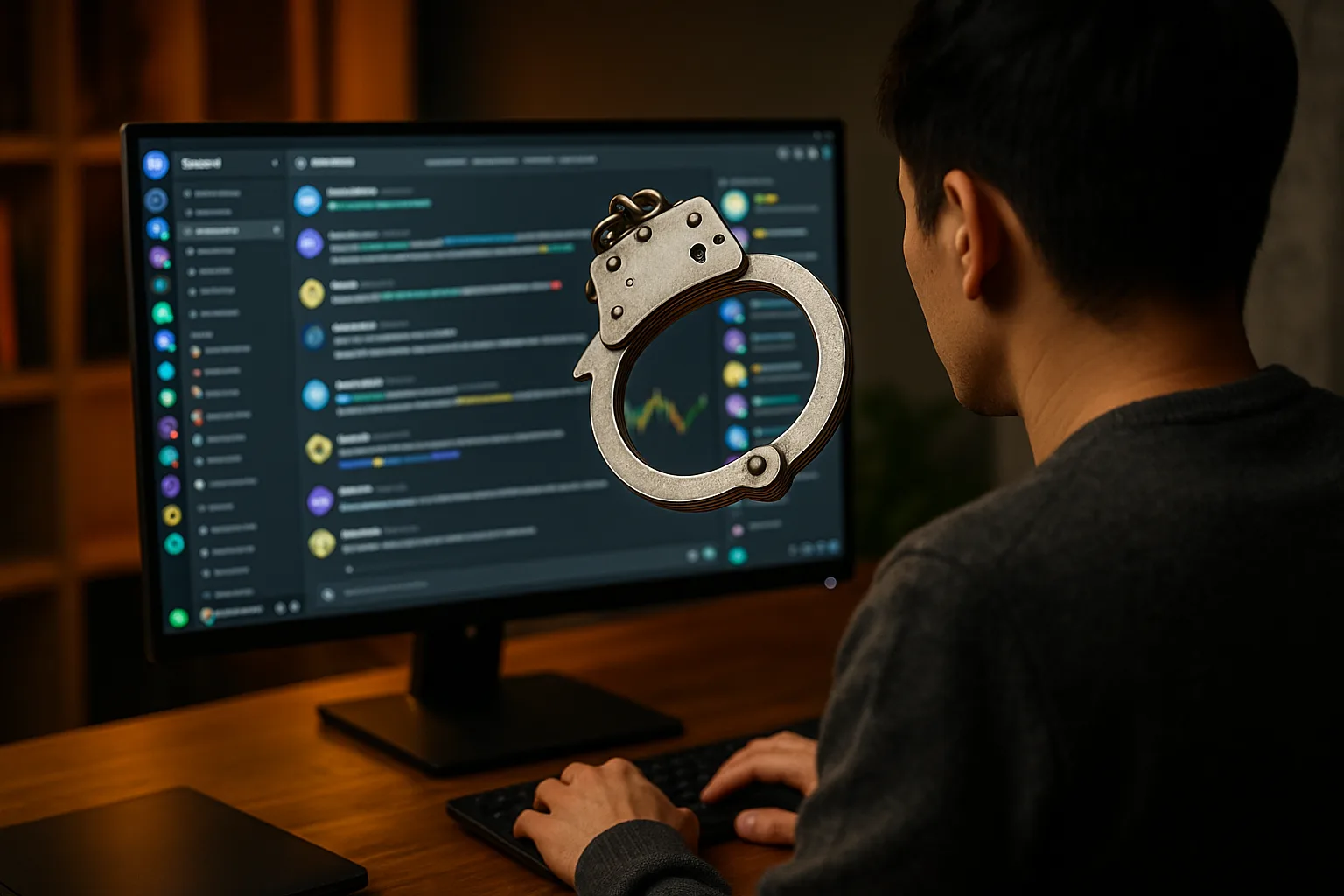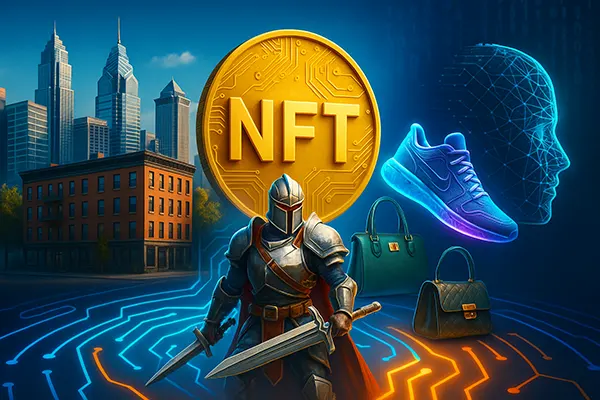
Cryptocurrency Mining: How the Digital Gold Rush Works
If you’ve heard about cryptocurrencies, you’ve likely heard about mining. But what exactly is it? Cryptocurrency mining is the digital equivalent of mining for gold, but instead of sifting soil for precious metals, miners are solving complex mathematical problems. In the early days, a home computer could be used to mine. Still, as the complexity and competition increased, specialized hardware became necessary. Today, mining farms with thousands of devices work round the clock, and miners pool their resources to increase the chances of earning rewards.
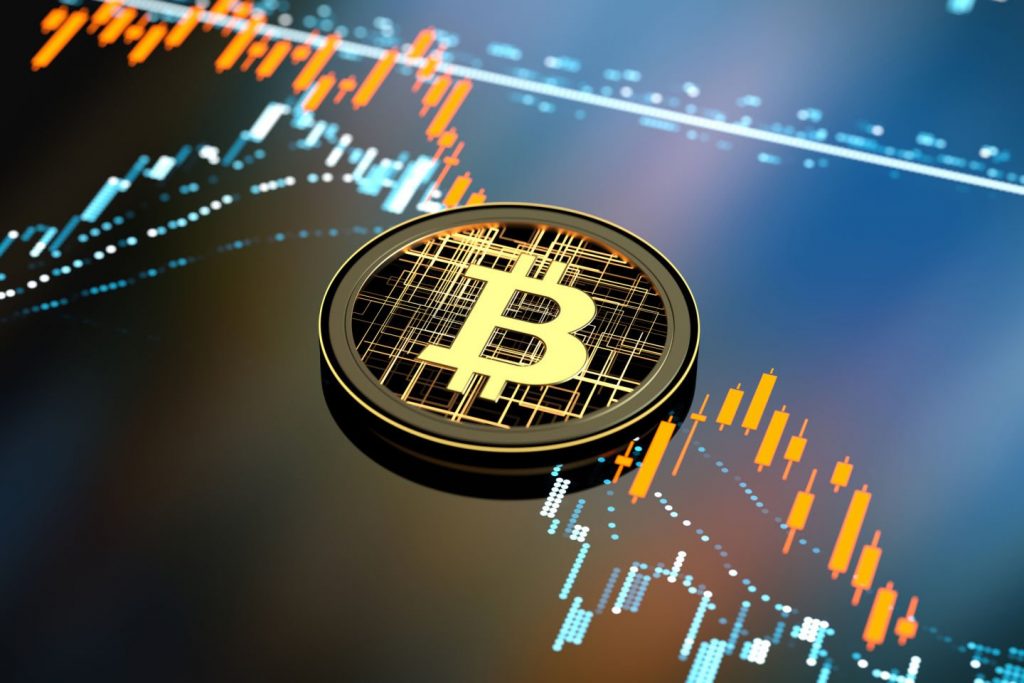
Cryptocurrencies rely on blockchain technology, a decentralized digital ledger that records transactions across many computers. This decentralization is what makes cryptocurrencies immune to control or interference by governments or financial institutions. When a new block (containing several transactions) is added to the chain, it needs to be verified by solving a cryptographic puzzle. This process is known as mining.
The birth of Bitcoin in 2009 opened the gates for this digital gold rush. It introduced the concept of decentralized digital currencies – cryptographically secured, transparent, and independent from traditional banking systems. As the popularity of Bitcoin grew, so did the diversity of the crypto landscape, leading to the creation of thousands of other cryptocurrencies, each with its own unique blockchain and mining protocols.
The Mining Rig: Gearing up for the Gold Rush
Like any venture, cryptocurrency mining requires preparation. The virtual terrain of mining is no different from a physical gold rush; having the right tools can make the difference between striking it rich or returning empty-handed. But instead of a pickaxe and shovel, the tools for this digital venture are much more modern.
Getting started with cryptocurrency mining involves three critical steps:
- Choosing Your Currency: Different cryptocurrencies have different mining processes, and profitability varies. Research is crucial.
- Acquiring the Right Hardware: Depending on the currency, you might need a powerful computer, a specialized mining rig, or even an application-specific integrated circuit (ASIC).
- Joining a Mining Pool: This is a group of miners who combine their computational resources to improve their chances of solving the mathematical puzzles and earning rewards.
The Cryptographic Pickaxe: How Does Mining Work?
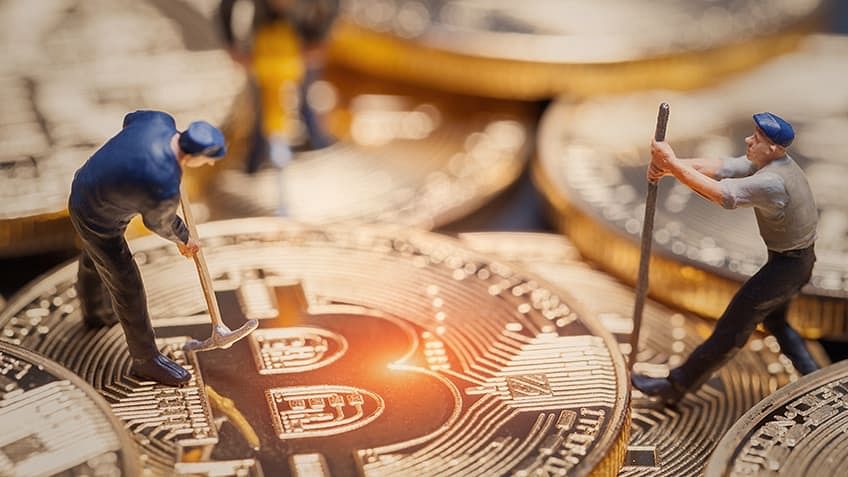
At its core, cryptocurrency mining is about validating transactions and securing the network. This is done by solving complex mathematical problems that require a significant amount of computational power. These problems are cryptographic hashes, unique to every block. When a miner solves the problem, they broadcast the solution (proof of work) to the network, which verifies it and adds the block to the blockchain.
The miner who solves the puzzle first gets a reward, usually in the form of the cryptocurrency they were mining. This is how new cryptocurrency enters the circulation, analogous to a central bank issuing new money. Additionally, miners also get transaction fees associated with the transactions in the new block.
As more miners join the network and the rate of block creation increases, the system automatically increases the difficulty of the puzzle to maintain a steady rate of block creation. This ensures that the total supply of the cryptocurrency follows a predictable and limited curve, avoiding inflation.
Pioneers of the Digital Frontier: Examples of Cryptocurrency Mining
Mining cryptocurrencies has been a profitable venture for many, resulting in numerous success stories that can inspire aspiring miners. These examples illustrate the potential of crypto mining when done correctly, showing how virtual prospecting can yield substantial returns.
Let’s explore three notable instances where crypto miners struck digital gold:

- Bitcoin Mining: Bitcoin was the first and remains the most popular cryptocurrency to mine. Bitcoin miners use powerful ASIC devices to solve SHA-256 hashing problems.
- Ethereum Mining: Ethereum uses a different hashing algorithm (Ethash), resistant to ASIC devices, meaning GPUs are commonly used.
- Monero Mining: Monero is designed for CPU mining, making it popular among users with less powerful equipment or those who want to mine casually using their personal computers.
The Future of Cryptocurrency Mining
Cryptocurrency mining plays a fundamental role in the functioning and security of blockchains. It contributes to decentralization, prevents double-spending, and creates new digital currency. However, as the crypto landscape evolves, mining protocols are also changing. The emergence of proof-of-stake (PoS) models, as seen with Ethereum 2.0, marks a shift away from the energy-intensive mining process. Despite this, the spirit of the digital gold rush continues, propelling the innovative and transformative power of cryptocurrencies.

